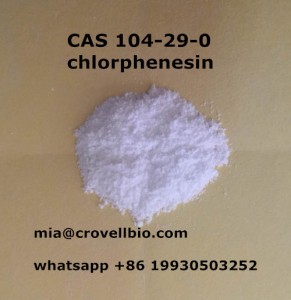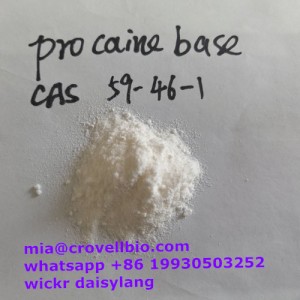Diltiazem hcl is a potent vasodilator, increasing blood flow and variably decreasing the heart rate via strong depression of A-V node conduction. Its pharmacological activity is somewhat similar to verapamil, another nondihydropyridine (non-DHP) calcium channel blocker.Chemically, it is based upon a 1,4-thiazepine ring, making it a benzothiazepine-type calcium channel blocker. It is a vasodilator of coronary and peripheral vessels, which reduces peripheral resistance and afterload, though not as potent as the dihydropyridine (DHP) calcium channel blockers. This results in minimal reflexive sympathetic changes. Diltiazem has negative inotropic, chronotropic, and dromotropic effects. This means diltiazem causes a decrease in heart muscle contractility – how strong the beat is, lowering of heart rate – due to slowing of the sinoatrial node, and a slowing of conduction through the atrioventricular node – increasing the time needed for each beat. Each of these effects results in reduced oxygen consumption by the heart, reducing angina symptoms. These effects also reduce blood pressure by causing less blood to be pumped out.















 Product quality protection
Product quality protection 







